Giants are popular characters in fairy tales. They are impressive due to their size and strengths which are not always limited to pure physical domination. Many giants possess magical powers too. From the audience's point of view, they make great opponents. Everybody who clashes with a giant is an obvious underdog. While each win is sweet, achieving a win over a giant is even sweeter.
There are numerous explanations about the roles of giants in fairy tales. Mythologists see a giant in fairy tales as a simplification of the giant from much older myths. Some archaeologists explain that many of the hills inspired stories of giants. Psychologists recognize the roles of the giants as the roles of parents, especially fathers.
In any case, a giant is a mighty opponent who can be hardly beaten in a fair fight. In general, a giant is defeated by wit, not force. If the giant really represents a father figure, his fall serves as a symbol of growing up. Especially sons should be able to beat their fathers in at least one area if they want to truly grow up.
Only then they can become good fathers and future giants for their sons. This article is a short overview of the major characteristics of giants with examples from popular fairy tales. Well, some of them would be probably new to you but without widening horizons we'll never grow, right?
Here are ten examples of giants from classic fairy tales and their characteristics!


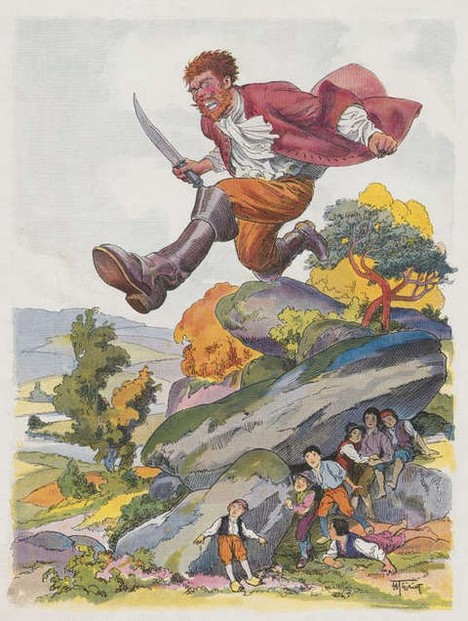
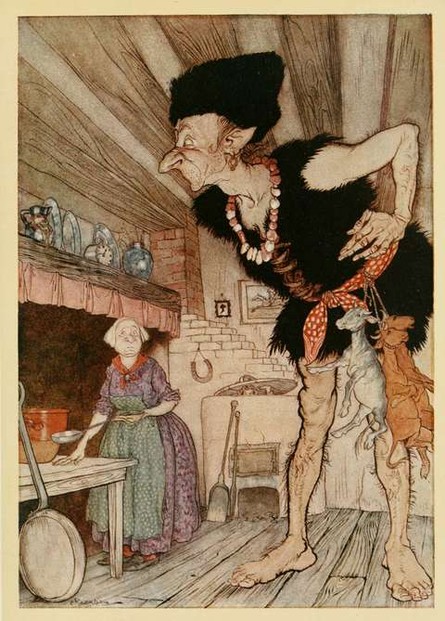
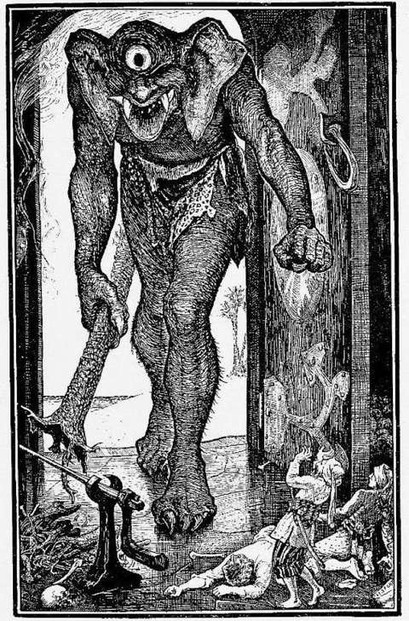
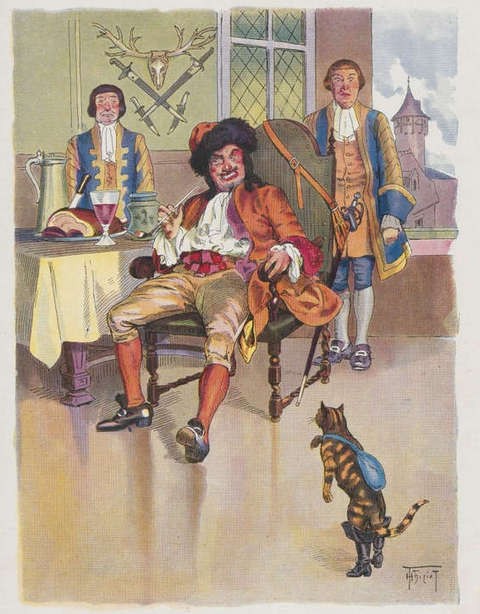
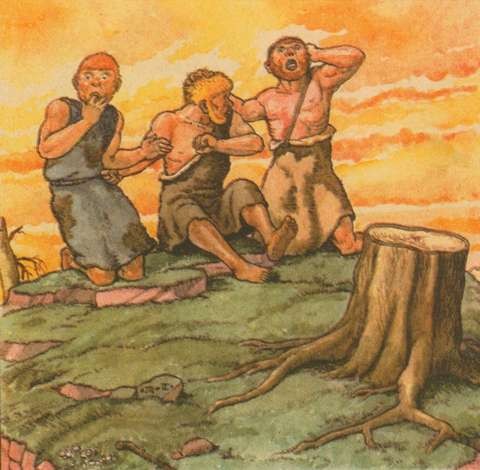
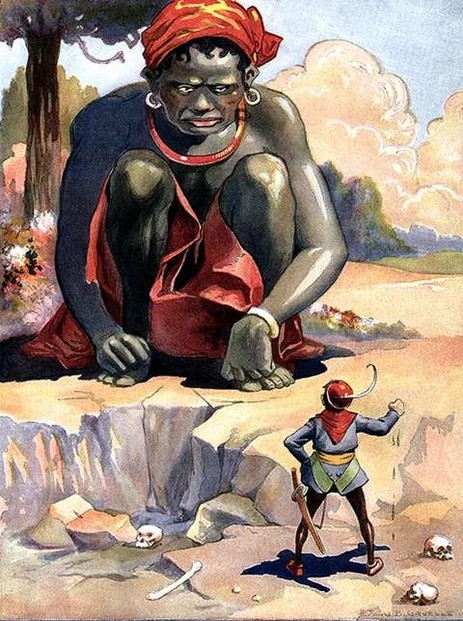
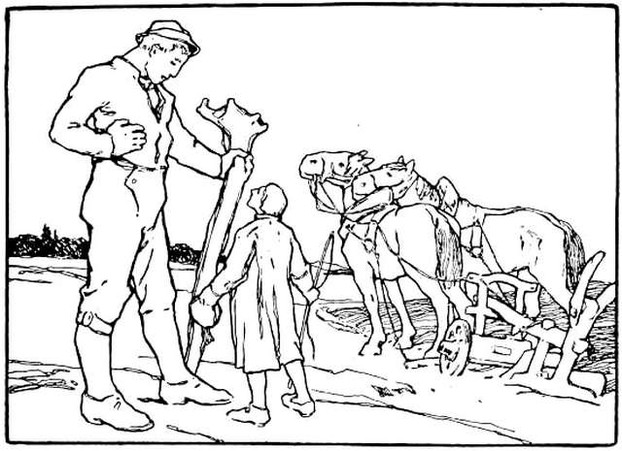
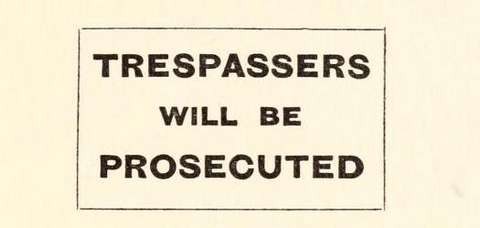


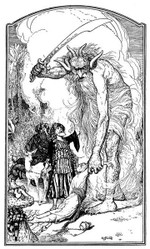

 Vintage Postcard Artists with 10 Examples of Easter Cardson 02/21/2025
Vintage Postcard Artists with 10 Examples of Easter Cardson 02/21/2025
 Valentine's Symbolson 01/23/2025
Valentine's Symbolson 01/23/2025
 Thanksgiving Symbolson 11/12/2024
Thanksgiving Symbolson 11/12/2024
 Famous Witches in Literary Historyon 10/06/2024
Famous Witches in Literary Historyon 10/06/2024

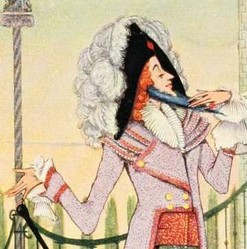
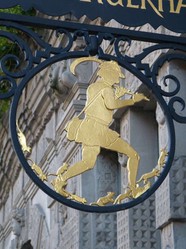
What Do You Think About Giants?
No, the ogre in Puss in Boots didn't have gigantic servants. This would made a story too complicated. But illustrators played a lot with perspectives and we have what we have.
The one eyed giant was made by Henry Justice Ford, three giants by Max Teschemacher, young giant with horses by Otto Ubbelohde.
Mother figure in fairy tales is presented as a fairy or a witch. Giants are almost exclusively male.
No, daughters are not described as 'small giants' The story doesn't deal with that. Their function is just to be killed instead of the boys thanks to the giant's stupidity. The story teller also didn't want to make them to close to the audience because the sympathies for Thumbling (Hop o' My Thumb) would be diminshed.
Giants are mostly male. When they ahve wives in fairy tales, they are often portrayed much smaller, without the attributes typical to giants. The focus of the story is on him, she is just a 'footnote'.
The 7th example, King of Golden Mountain, contains in its first sentence the characterization as a "less-known fairy tale by the Grimms."
Is it known why some fairy tales get known and others go on being not so well-known? For example, the plot here lends itself to filming ;-D!
(And might the Grimm Brothers have had their ranked preferences?)
The in-text image under the sixth, Puss in Boots example, depicts an ogre dressed as a gentleman.
The aforementioned giant does not seem that much bugger than his servants.
Might the shape-shifting giant have had giant-sized servants?
The cursor sometimes cooperates, sometimes not about artist attributions on your in-text images.
Nothing draws up for in-text images respectively
between subheadings 4 arabian nights and 5 sinbad the sailor
between 7 king of golden mountain and 8 brave little tailor
above subheading 9 young giant.
Might you have that artist-related information?
The second and the third examples, Jack and the beanstalk and Jack the giant-killer, under the first bloodthirsty, fast characteristic amaze me with the overlap in their titles.
It's like the overlap between the Snow White fairy tale and the Snow White and Rose Red fairy tale.
Might the above be the only two examples of two sets of fairy tales, each with a counterpart whose title might muster up confusion because of their similarity?
The third paragraph to the giant-sized -- ;-D -- introduction advises us that "If the giant really represents a father figure, his fall serves as a symbol of growing up. Especially sons should be able to beat their fathers in at least one area if they want to truly grow up."
Might a fairy-tale giantess represent a mother figure?
If so, should daughters "be able to beat their" mothers "in at least one area if they want to truly grow up"?